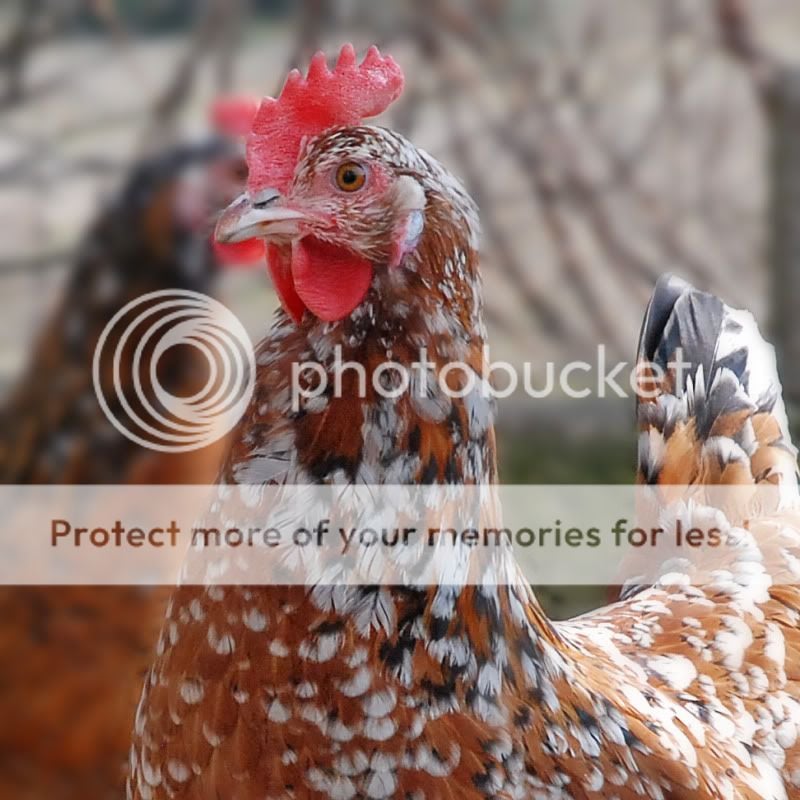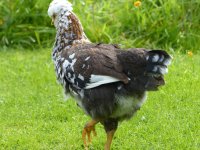Navigation
Install the app
How to install the app on iOS
Follow along with the video below to see how to install our site as a web app on your home screen.
Note: This feature may not be available in some browsers.
More options
You are using an out of date browser. It may not display this or other websites correctly.
You should upgrade or use an alternative browser.
You should upgrade or use an alternative browser.
Swedish Flower Hen Thread
- Thread starter stoneunhenged
- Start date
- Thread starter
- #26
A tiny bit of poultry history was made today. Ladies and gentlemen, the first Swedish flower hen egg ever laid in America:
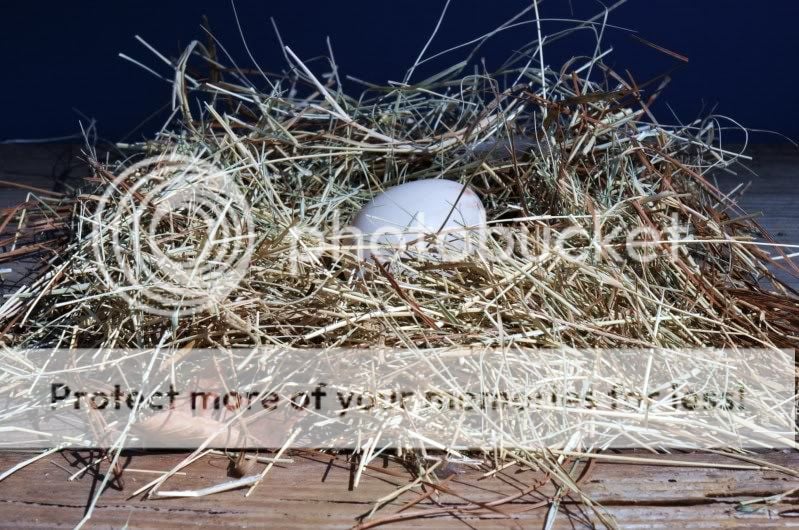

Tonyroo
Free Ranging
Update on 2023 chicks. I hatched all females, no males this year.








- Thread starter
- #6
Thanks. A few more pics of some young adults:
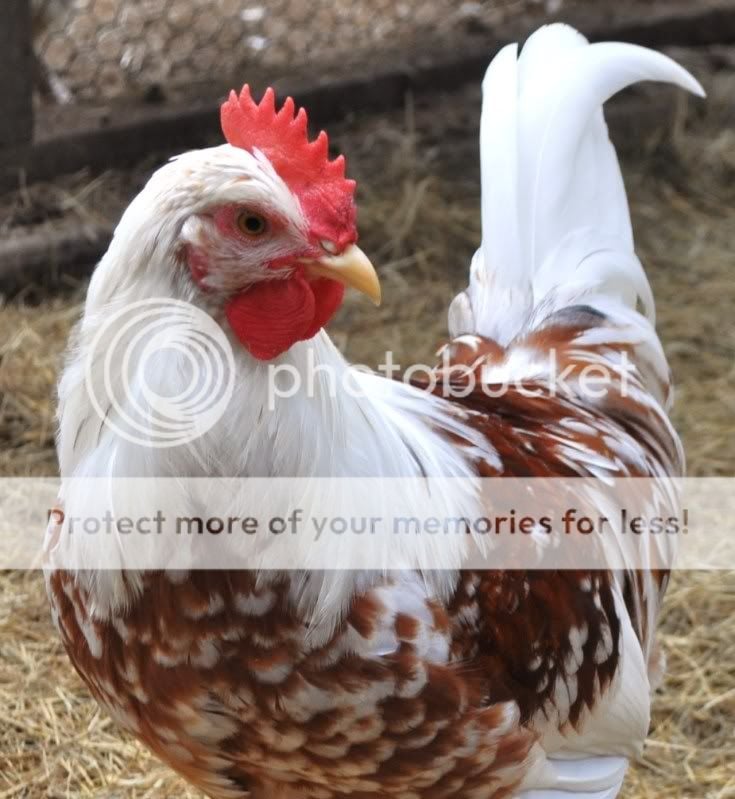
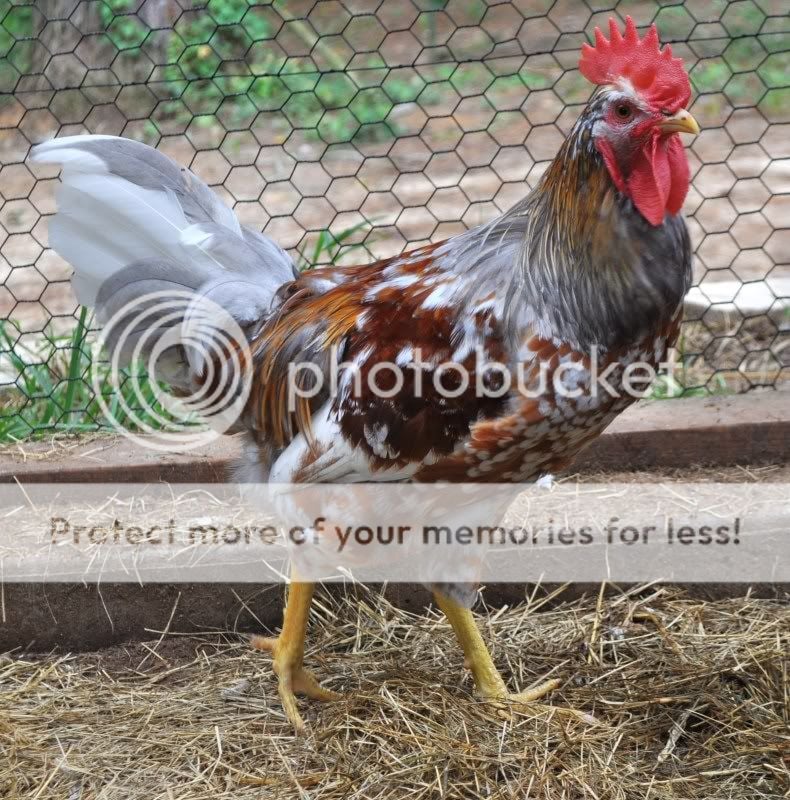
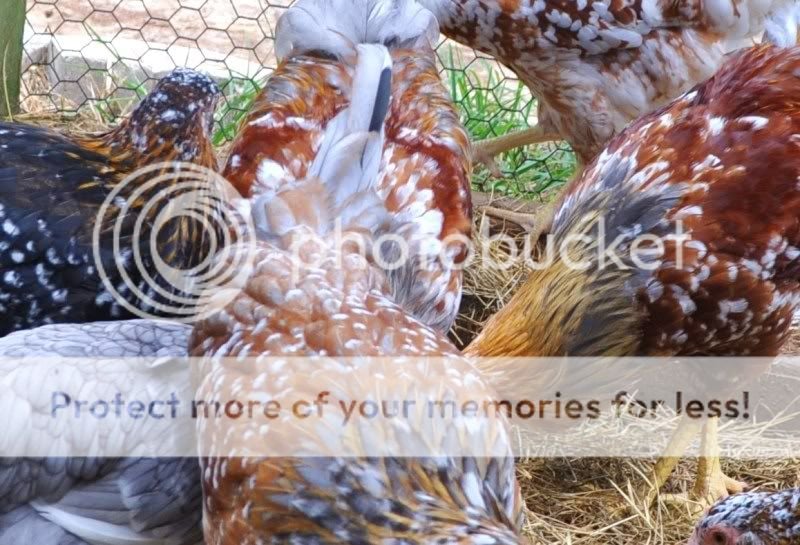



I took a few pictures of pens 2 and 3 tonight for a nice lady and thought I would share with you guys too. Most of these have not been photographed before as I just got the pens set up recently.






FFCB
In the Brooder
- Jun 11, 2020
- 8
- 14
- 21
Hi Everyone. New here, but just hatched my first set of Swedish Flower Hens under a broody Australorp about 3 weeks ago. 8 chicks in all. This is the chicks in the nest a day or two after hatch and then making their first round out of the nest approximately 1 week after hatching.


technically, they're all red based. the alternative would be silver and I don't think it exists in the sfh, truthfully...Thanks that was my assumption. I just wondered if they were like blue/black/splash pairings where you could predict the next generation's coloring with certain pairings. I have a very young quad, I believe the cockerel and two of the pullets are red based, and one more pullet is much darker more like a mille fluer pattern.
Eta: I guess my real question is, with predominantly reds in my little flock will the other colors appear in their offspring? Does it depend on the particular bird's genetics?
what varies in the sfh (besides the amount of mottling on each bird) is the e-locus genes and blue/black/splash which will vary the 'white' many see. most of the white based birds are actually splash, so breeding two of these together, you'll get more splash. breeding splash to black, you'll get blues. blue to blue you'll get all three, blue to black or blue to splash, you'll get a mixture of what the parents are.
the following descriptions are primarily hens, because with the exception of extended black the roosters are all the same for the other e-locus mutations (the exception being birchen roosters do not have the white wing triangle the others do).
the ones that have more solid blue/black/splash bodies with maybe a little leakage around the hackles are most likely E based (extended black)
birds that are still very much bbs based bodies with red primarily around the head/neck are most likely eR (birchen) based.
e+ (wild type) girls will have a salmon breast and more red/brown on her body.
eb (partridge) girls will have the same overall body color that the wild type have, but will extend over the breast too.
eWh (wheaten) girls will have the lightest body coloration, being more of a light brown or sometimes almost buff, being lighter on the breast than the rest of the body.
I tried finding individual pictures of each one for an example, but Leigh beat me to it with her posting of her girls... which i'll notate.
Ali - appears to be E plus splash (2 copies of the blue gene)
Precious - is definitely eR with blue
Yta - very much E and blue. her darker hackles indicate she also carries a melanizing gene, which is common in the sfh as well.
Birta - a very nice black-based version of eR.
Marta - also a very nice example of eR.
Mace is what appears to be eR since he shows no definite wing triangle.
Elinor - also appears to be E but it's more difficult to say from this picture. she could also be splash, or a very light blue, again it's hard to say.
Astrid - eWh and splash
Ginger - e_ she's a good example of the wild type girl though you can't see her back much, her breast is a very nice salmon shade common for the variety.
Alma - eWh, like Astrid, but blue rather than splash.
Rosa - eb - this produces the 'classic' mille fleur pattern for this breed.
.
Blue appears to be one of the other e-locus varieties, but there is no way to tell e+, eWh or eb apart.
Here's my broody with her 17 Swedish Flower chicks. They hatched on 6-24.

New posts New threads Active threads
-
Latest threads
-
Do these eggs look like they're developing?
- Started by noodledog
- Replies: 1
-
-
-
-
-
-
Threads with more replies in the last 15 days
-
Checking-In On Peeps - Post Here To Say Hello!
- Started by Nifty-Chicken
- Replies: 1K
-
-
-
-
Can I get some help from someone with careless neighbours who own dogs.
- Started by RiDaGeckoGuy
- Replies: 102
-

